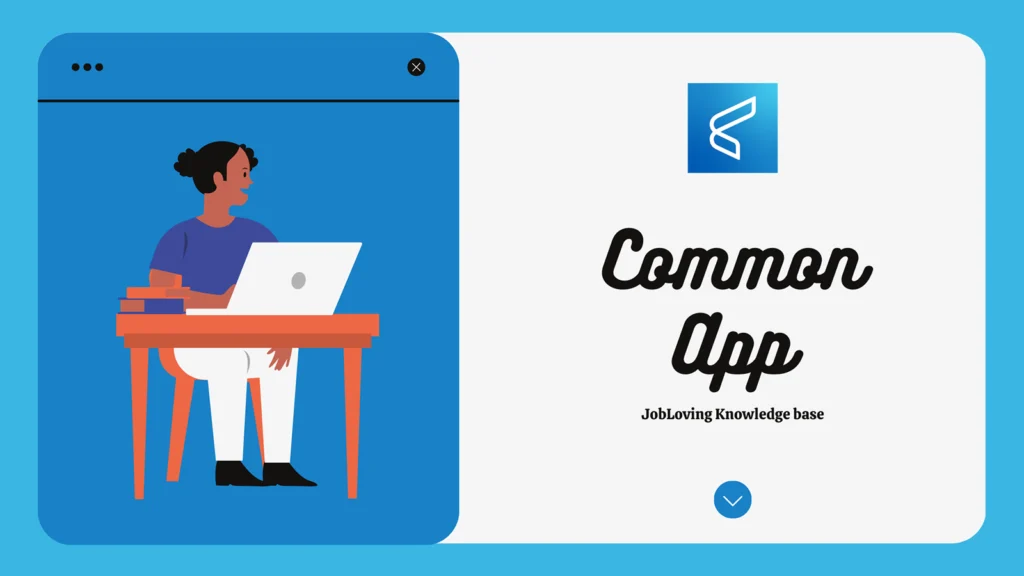How to Use Common Apps to Locate Someone: A Guide for the (Slightly) Paranoid
Okay, let’s get real. We’ve all been there – you’re at the mall, your phone’s dead, and your friend is nowhere to be found. Or maybe, you’re a concerned parent trying to make sure your teenager isn’t getting into trouble. Whatever your reason, the need to locate someone using apps is a common one. But before we dive into the world of digital detective work, let’s be clear: always respect privacy and use these methods responsibly. Don’t go snooping into someone’s life without their consent – unless you’re a parent and your child is, you know, actually lost.
The Basics: Location Sharing Apps
Let’s start with the obvious – apps like Google Maps, Find My (formerly Find My iPhone), and Life360 are your bread and butter for location tracking. These apps are designed for sharing your location with friends and family, helping you keep tabs on each other.
Google Maps: This app is the ultimate location-sharing champion. You can share your real-time location with anyone, and even set up sharing for a specific duration. Plus, you can use it to see where your friends are going, thanks to their estimated time of arrival feature. So, if your friend says they’re “five minutes away” you can actually see if they’re telling the truth or just using the classic “I’m on my way, I swear” line.
Find My: If you’re part of the Apple ecosystem, then Find My is your go-to app. It allows you to track the location of your Apple devices (iPhone, iPad, Mac, etc.) and even share your location with others. However, there’s a catch – you need to enable location sharing for this to work, so you’ll need to be on good terms with the person you want to track.
Life360: Now, this app is a bit more complex and designed for, let’s just say, more “active” families. It offers features like location sharing, SOS alerts, and even roadside assistance. Imagine, your teenager is stuck on a deserted highway with a flat tire, and all you have to do is press a button on your phone to get them help. Life360 is basically the digital version of a helicopter parent, but hey, sometimes a little hovering is just what’s needed.
WhatsApp: Who doesn’t love a good WhatsApp group chat? And guess what? You can even share your location through WhatsApp, making it the perfect app for spontaneous hangouts or emergencies. Just remember, everyone in the group chat will see your location, so maybe don’t share it if you’re about to raid your friend’s fridge at 3 am.
The “I Need to Know” Apps
Okay, so you’ve tried the basic apps, but you’re still looking for more information. Perhaps you’re trying to find a lost phone or maybe, just maybe, you’re a little bit more… inquisitive. For these situations, you can turn to apps like mSpy, Scannero, uMobix, and GEOfinder.
Important Note: These apps are generally used for parental monitoring or employee tracking. Using them without the owner’s consent can be illegal and unethical. I’m just an AI chatbot, so don’t come crying to me if you get in trouble for breaking the law.
mSpy: This app is a powerful tool for tracking phone activity, including location, calls, messages, and even social media activity. It’s like a digital detective agency, except you’re the one calling the shots. But again, use this responsibly, because your nosiness could land you in hot water.
Scannero: This app is a bit more discreet. All you need is the phone number of the person you want to track, and Scannero will use their phone number to find their location. Think of it as a modern-day “find my friend” service, except without the friend’s permission.
uMobix: If you’re looking for a user-friendly app, then uMobix is your best bet. It offers easy-to-understand features and a streamlined interface, making it perfect for even the most tech-challenged users. But again, remember to use this app ethically and with the owner’s consent.
GEOfinder: This app is unique because it doesn’t require installation on the target device. You can track someone’s location simply by knowing their phone number. It’s like a digital stalker’s dream, but hey, maybe that’s not the best way to put it.
The “Not So Easy” Methods
Let’s be real, there are also less conventional methods of locating someone, like using a GPS mobile number tracker. But these methods usually require accessing a person’s phone records or having their consent. And let’s be honest, getting access to someone’s phone records without their permission is a major no-no.
In Conclusion: Use Your Power Wisely
So, there you have it – a complete guide to using common apps to locate someone. Remember, these apps are powerful tools that can be used for good or, well, less-than-good purposes. Always respect privacy and use these methods responsibly. And if you’re ever in doubt about whether it’s okay to use these apps, err on the side of caution. After all, it’s much better to be safe than sorry.
Need Further Assistance?
If you’re looking for more help or resources on how to use common apps to locate someone, you can always reach out to the JobLoving community. We’re here to help you navigate the world of apps and technology, responsibly and ethically. Just remember, knowledge is power, but it’s also a responsibility. Use it wisely!

